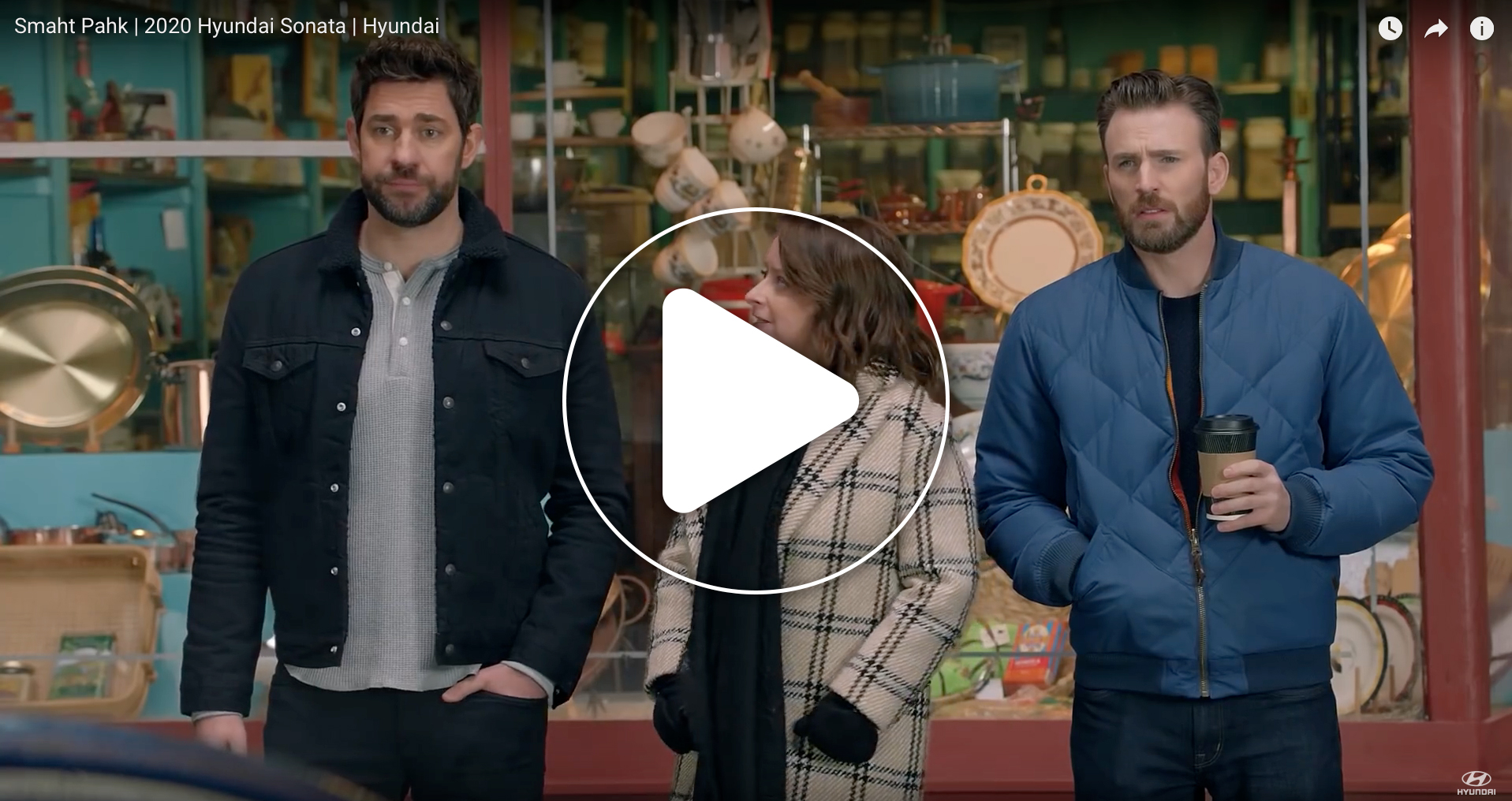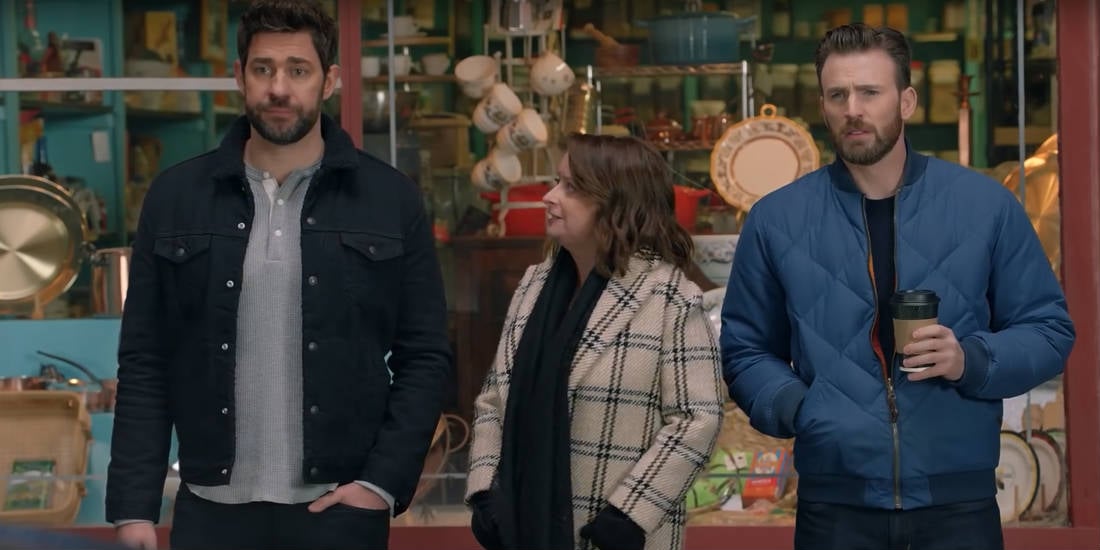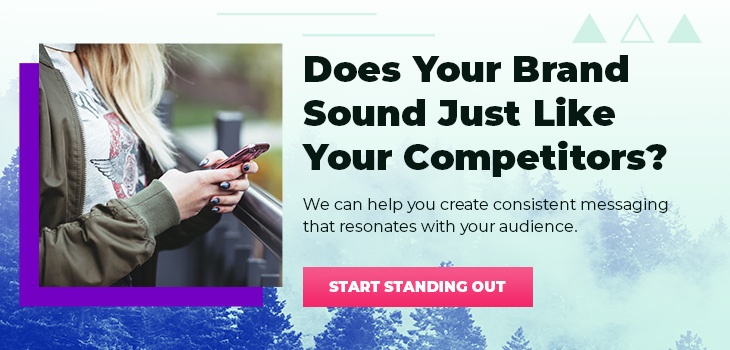If you haven’t seen Hyundai’s “Smaht Pahk” Super Bowl commercial yet, you’re missing out. It’s not only chuckle-worthy, it's also a valuable lesson in how to create brand messaging that sticks with your target audience.
The bit featured Chris Evans (Captain America), John Krasinski (Jim from the Office), Rachel Dratch (SNL) and David “Big Papi” Ortiz (MLB Pro). It took Hyundai's newly featured “Smart Park” and put a familiar Boston twist on it.
We’re left with the genius known as “Smaht Pahk.”
Go ahead and watch it (It’ll take one minute and twenty seconds). Try not to smile.
 Admit it. You smiled. You’re probably sitting there trying to pronounce “Smaht Pahk” under your breath. It’s ok. I’ve been doing that so much I may never be able to say “park” correctly again.
Admit it. You smiled. You’re probably sitting there trying to pronounce “Smaht Pahk” under your breath. It’s ok. I’ve been doing that so much I may never be able to say “park” correctly again.
But Hyundai isn’t the first car to have a self-parking feature, so why is it the one you’re going to remember? Because it uses the art of story.
Here’s Why You Loved This Commercial
Every overarching story has a bunch of smaller story loops interwoven with problems and solutions. This creates interest and tension while the overall story loop is unfolding.
Overall Problem: Getting your car in and out of parking spaces is hard.
Mini Loops:
Problem A: Parking is hard. “He’s not gettin’ that car in there.”
Solution A: SMAHT PAHK. John - “Who’s got Smaht Pahk?” “Just hit the clickah, cah pahks itself.”
Problem B: Parking on the crowded streets of Boston feels almost impossible. So much so, that Chris and Rachel drill John on all the places he couldn’t have possibly pahked: Dorchester, The Garden, The Harbor, etc.
Solution B: John’s proud response to each one? “Pahked it.”
But parking is only half the battle. You also have to get back out. Don’t worry; they answer that too.
When he parked at The Garden, he “pahked it, and then UNPAHKED it.” *gasp*. Note here how they figured out a way to say “pulled your car out” in one word: unpark. So often, we use up all our real estate with extra words that only clutter up the concept. “Unpark” is an excellent example of boiling a phrase down to its simplest terms to make it stick easier.
The subtle point the commercial is making: John is a hero amongst his friends and gaining status because of his ability to easily park all those places. Who’s making him the hero? Hyundai.
Problem C: You have to be in your car to park (you didn’t know that was a problem until they told you, did you?) Guy across the street - “That Sonata ain’t got no drivah!”
Solution C: Chris Evans, now totally convinced of Smart Park’s legitimacy - “That’s alright, he’s got Smaht Pahk!”
Value Proposition: We Park, So You Don’t Have To (they don’t use that tagline but maybe they should.)
SUCCESS: They end with Big Papi (possibly the most highly regarded Boston citizen after Tom Brady) calling the whole thing “wicked smaht” and Hyundai flashing the tagline “Bettah drives us” over their car’s beauty shot. The takeaway: Hyundai’s Smart Park makes you a better driver and shows your friends how smart you are.
Boom. That concludes the story of How John Parks in Boston.
To Build a Strong Brand, Your Brand Messaging Must Never Sacrifice Clarity for the Sake of Laughs
The key to this ad is not just that they tell a story; it’s that they’re incredibly clear about the problem you have, the solution they offer and what success looks like.
They make you laugh, but they don’t sacrifice the clarity of the message to do it. They do both. No one said clarity has to mean boring. But if you’re funny and not clear, it doesn’t do your brand any good.
Your Brand Strategy: Brand Message, Brand Positioning and Brand Identity
How Your Brand Message Relates to Your Marketing Strategy
Your brand message isn’t just the witty one-liner you came up with. It encompasses the heart of what you’re promising your customers. It’s the core message you want them to understand. Many brands accomplish this in their tagline, others...not so much. Here are a couple that really get to the heart of what their customer wants:
- BMW: The ultimate driving machine
- Disneyland: The happiest place on earth
- Hallmark: When you care enough to send the very best
There’s more than one reason to buy a car. I learned this when my husband and I purchased our last car, which would end up being his daily driver. Some might say, “I just need something reliable to get me from point A to B.” But not us. We needed something “fun.”
We ended up with a Subaru WRX that’s more fun to drive than I care to admit.
For my husband, BMW’s tagline speaks directly to what he wants out of a car. It doesn’t just look good; it’s meticulously crafted to provide the ultimate driving experience. We didn’t end up with a BMW. But one day, when we’re rich, it’s on the list of acceptable vehicles.
I promise we’ll get to your marketing strategy, but let’s dig into the car analogy a bit more.
Cars take you places. But everyone buying a car has a different problem they are trying to solve. For parents, it might be safety. For a young couple on a budget, maybe it’s affordable reliability. For others, it could be status. For my husband, it’s the need for speed.
All cars get you places, but not every manufacturer solves all these problems.
A Mustang might offer speed, but it’s not very economical. A Honda offers reliability, but nobody is calling it a status symbol. A Volvo will keep you safe, but it’s not the most affordable car out there.
You have to define the problem your product or service solves before you can communicate the solution you offer. Once you do that, you have your brand message, which delivers your brand promise to customers.
That brand message becomes a filter for the rest of your marketing.
If the problem you solve for is that cars aren't truly safe, all your marketing should address that problem. From the imagery on your website and your product packaging to how you portray your target audience and your elevator pitch, all of these are informed by your brand message.
Brand Positioning: Who are You?
Once you’ve defined your brand message, you need to decide how you’ll position your brand in the market. Is your product geared towards the budget-conscious, or are you a luxury brand? If your brand message offers a status symbol, you’re likely positioning yourself in a luxury market.
You won’t tell your audience where you’re positioned in the market; they are going to subconsciously perceive that and decide if you're the right fit for them. Everything you do, every piece of collateral you put out, affects how you’re seen in your customer’s mind. This is why it’s crucial for your internal team to agree on your brand’s positioning. Everything your company says or does must support where you want to be positioned in the market.
A successful brand understands where they are positioned in their customer’s mind and uses marketing material that coincides with that positioning. This is based on your key differentiators, price point and the problem you solve.
Your Brand Identity: All the Fun Stuff
So many companies skip developing their brand message and understanding where their brand is positioned. They hire a marketing agency to jump right into creating their brand identity and ultimately waste money. They want the logo and all the pretty colors, but they aren’t basing that on anything other than personal preference.
It’s essential to nail down your brand message and positioning before developing an identity. Having gone through many logo development projects and color selections, I can promise you that you’ll get more bang for your buck if you do your brand messaging first.
How to Get Started on Your Brand Messaging Strategy
Coming up with something as brilliant as the Smaht Pahk commercial can take some time (word has it, they went through 300 scripts before they settled on that one). But putting in the time to come up with a clear message, even if it doesn't become world-class humor, can seriously make you money. Here’s how to start:
- Define your customer’s problem.
- Define the solution you offer.
- Define what success looks like once your customer has used your product/service.
Then hire a skilled copywriter to write fresh copy for your homepage that clearly communicates these ideas in a compelling way. Make sure they use verbiage that aligns with your brand’s position in your target market. You’ll be surprised by the difference that clear copy can make for your sales (see how in these StoryBrand website examples).
Want help? We help businesses develop clear, compelling brand messaging frameworks all the time. Schedule a call.







